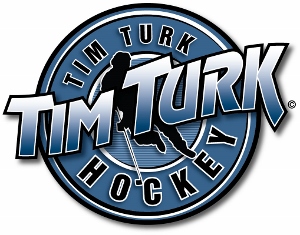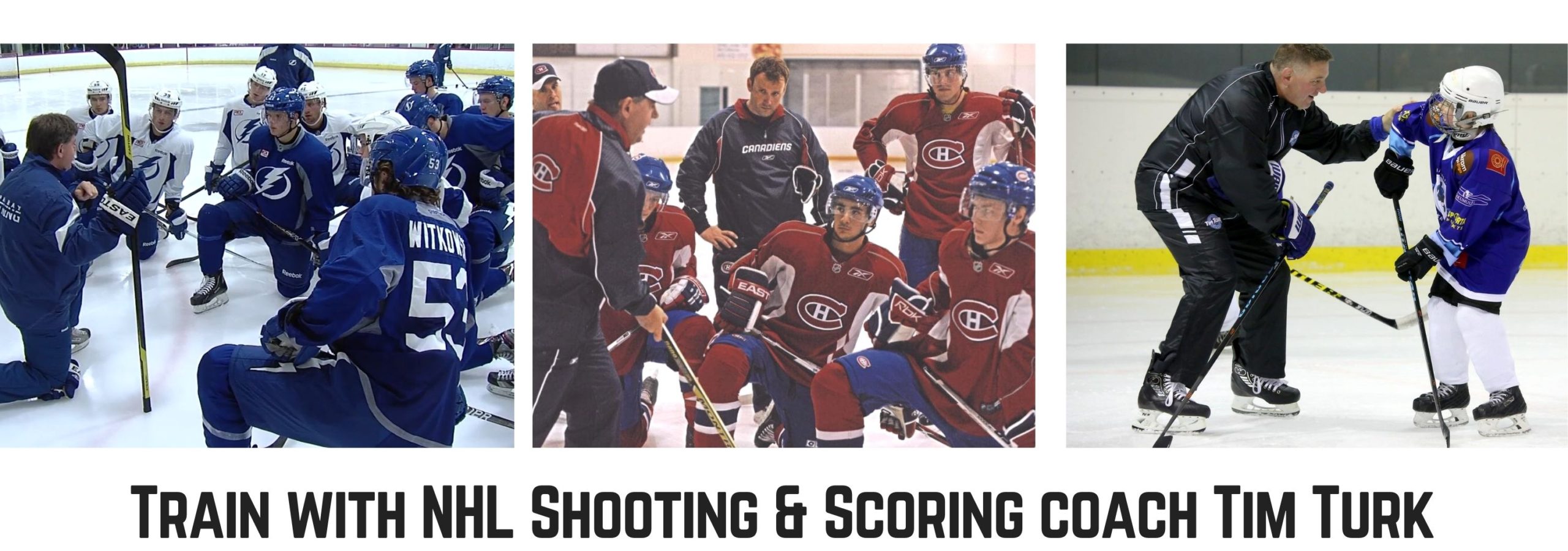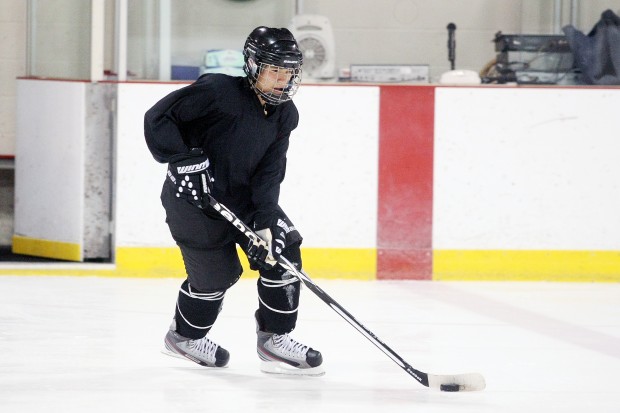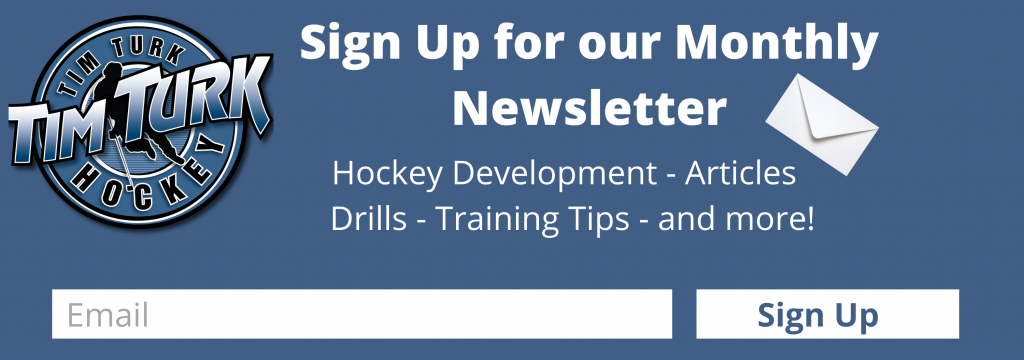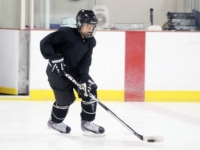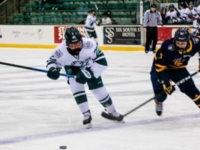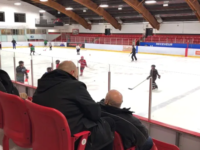As with any parent, safety on the ice is the most important thing on our minds. Hockey is an incredible game for developing athleticism, forging relationships, and building confidence. At times, it can also be dangerous, especially if there is recklessness in the game.
For youth hockey players, it is important to build a foundation of player safety and how to protect yourself when on the ice. Although there isn’t any contact in minor hockey, there is always a chance of an errant stick or your skate losing an edge. At higher levels, the game begins to move so fast that injuries can be an unfortunate outcome.
So how can we ensure players stay safe on the ice? Some things are out of our hands but for the things we can control, it can mean potentially avoiding a serious injury. Here are some things we can do to stay as safe as possible on the ice.
Wear the Proper Equipment
We cannot stress this enough, especially to new hockey parents. Hockey equipment should not be treated like shoes or street clothes for children. Parents like to save money on clothes by buying them several sizes too big so that the kids can grow into them. For hockey equipment, they need to wear proper fitting gear or they are at risk of injury on the ice.
This includes buying the right size of ice skates. We know that frequently buying new skates can get expensive. There are ways around this including buying second-hand skates or renting them for the season from companies like Fully Equipped.
Not only should players be wearing the proper sized equipment but also all of the required gear. Make sure you invest in a strong helmet with a cage or full visor to keep the players’ faces protected. If needed, you should also consider getting a mouth guard for extra dental protection.
Finally, one piece of equipment that gets overlooked is the stick. If you buy a stick that is too long it can prevent the proper development of skills like stickhandling or shooting. Generally, the perfect length for a hockey stick is from the ground to the player’s chin when they are standing on skates.
Take Care of Equipment
Once you’ve bought or rented the proper equipment, it’s important to take care of it. One of the most important things to do is to keep skates sharpened. It’s common to overlook this but the consensus is that skates should be sharpened every 10-15 skating hours or when the blades begin to feel dull on the ice.
Dull blades can lead to slipping or falling, as well as make it difficult to stop when needed. You might also notice that skate blades will be duller on one skate if the player feels more comfortable stopping a certain way. As a parent, you’ll want to stay on top of keeping the skates sharpened so it’s important to teach your kids what it feels like to skate on sharpened blades vs dull blades.
You’ll also want to keep equipment clean throughout the year, especially in the off-season. Unfortunately, hockey gear can be a breeding ground for bacteria and mould if left uncleaned. This can cause anything from irritated skin to infections so it can be a serious issue.
Keep Your Head Up On the Ice
One of the first things we learn in hockey is to keep your head up on the ice. Although minor hockey is non-contact, that doesn’t mean accidental collisions cannot happen. Learning how to stickhandle and skate with your head up can save you from a potential injury.
Not only is skating with your head up a good habit to have, but it can also help you see the ice better. The old saying in hockey is “Keep your head on a swivel”. In the NHL, this means looking out for players coming to bodycheck you when you aren’t paying attention. However, the message applies to all levels of hockey and is a basic skill players can learn that will help them throughout their careers.
Stretch and Warm Up
As kids, you never think to do a proper warm-up or stretch. We all remember playing for hours and never feeling sore the next day. Well, there is a reason why coaches want players to go through a proper warm-up which includes getting loose and stretching out those muscles.
Stretching is an excellent habit for all athletes to have. It is a great way to take care of your muscles both before and after you hit the ice. This will allow players to perform at their best as well as help to avoid unnecessary injuries on the ice.
Not only is stretching great for the game they are about to play but it is also an investment in your future health. Stretching from a young age can help improve flexibility and mobility later on in life and is an essential part of fitness as we get older.
Learn to Stop Properly on the Ice
This is another important one that does not get talked about enough. Learning to stop properly is an important skill to have and one that can save you from injuries during practice or a game. Whether it is the hockey stop, a T stop, or a snowplough stop, being able to control yourself on the ice is a critical part of playing hockey and staying safe on the ice.
This goes hand-in-hand with keeping your head up on the ice. Even for minor hockey, the game can quickly begin to move at a faster speed as kids get older. You just never know when a collision might happen, and if your kids can stop on a dime it can help them avoid most of these accidents. Before they can start skating with speed on the ice, make sure that they have mastered the ability to suddenly stop because it could be the difference between being injured and not in the future.
